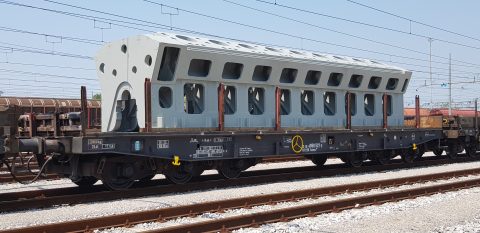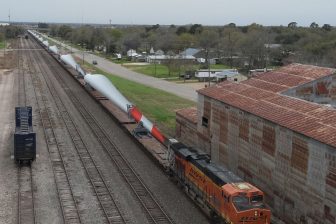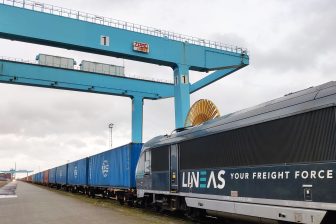
Project cargo on rails
Photo source: DB Cargo
Next year, it is going to be more difficult to transport project cargo over the road in Germany. A chance for rail, says DB Cargo, which knows that large and heavy objects can also be loaded on a train. “Project cargo is a niche market, but a growing one”, said Maarten de Ridder, sales director at the German rail operator.
Want to read more?
Register now to read more premium articles.




